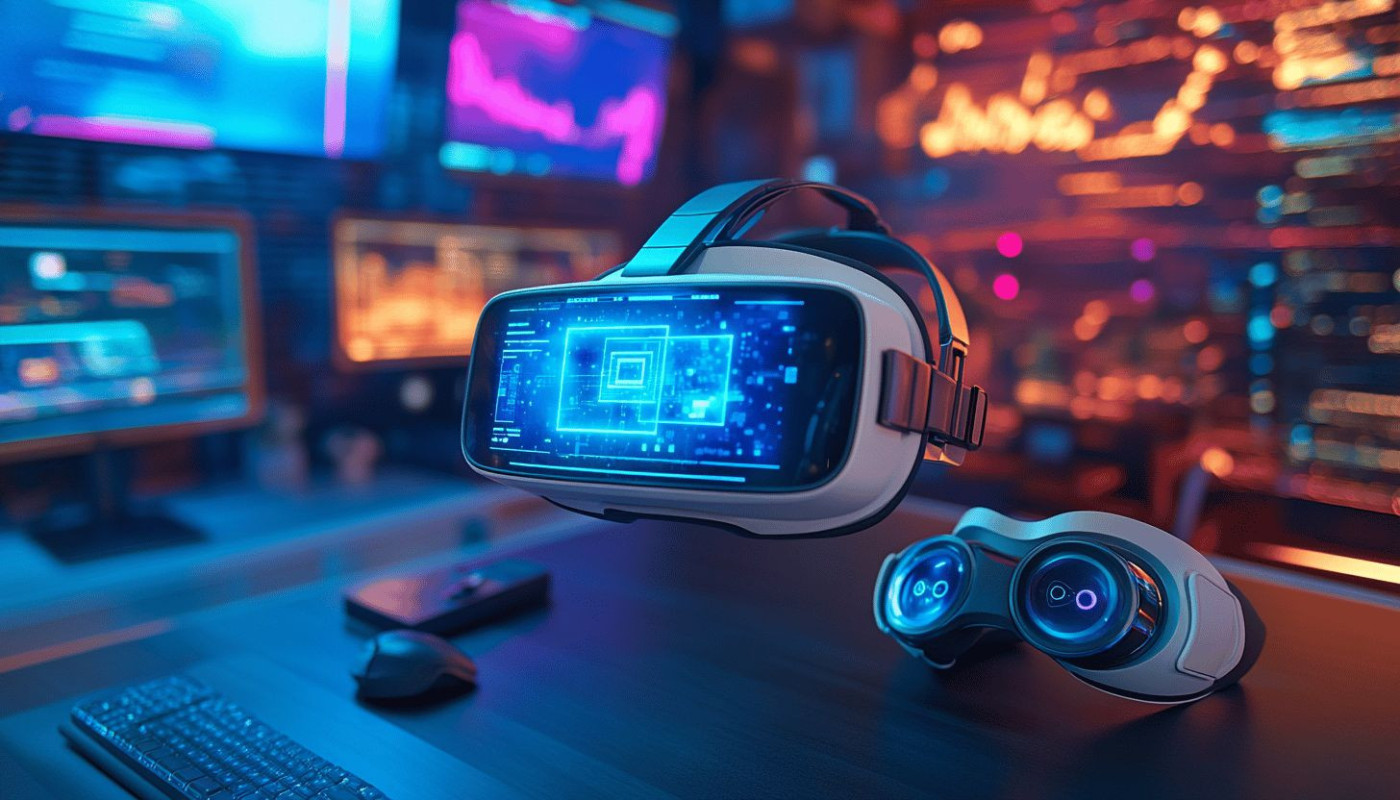Table of contents
In today’s rapidly evolving digital landscape, immersive technologies have begun to reshape how users interact with content online. The emergence of augmented and virtual reality offers a fresh perspective, pushing the boundaries of traditional web experiences. Dive deeper to uncover how these innovations are revolutionizing online engagement, enhancing interactivity, and paving the way for the future of the web.
Enhancing User Interaction Online
Augmented reality and virtual reality technologies are revolutionizing immersive web experiences by dramatically elevating user engagement and interactivity on modern websites. Integrating WebXR, the standard that enables extended reality features in browsers, allows users to access both AR and VR directly from their devices without additional software. This leap in technology transforms static web pages into interactive environments; for instance, online retailers now offer interactive demos where users can view 3D models of products, rotate them, and even place virtual items in their own space using augmented reality overlays. Real estate platforms leverage virtual reality to provide virtual tours, enabling prospective buyers or renters to 'walk' through properties remotely, experiencing layouts and spaces in a highly participatory manner. Educational sites employ AR overlays to animate diagrams or historical artifacts, making learning both interactive and memorable. These developments ensure not only higher user engagement but also foster deeper connections between brands and audiences, as visitors become active participants rather than passive viewers. The seamless integration of AR and VR through WebXR is paving the way for a new standard in interactive web experiences, where personalized, dynamic content creates a sense of presence and agency that traditional browsing could never achieve.
Breaking Barriers With Accessibility
Augmented and virtual reality are revolutionizing the accessible web by introducing innovative solutions designed to enhance digital inclusion for users with disabilities. Through the implementation of assistive technology, AR for accessibility enables virtual navigation tools that provide spatial audio cues and tactile feedback, empowering visually impaired individuals to explore online environments with greater independence. For multilingual audiences, real-time translation overlays in AR environments facilitate inclusive online experiences by instantly translating text or spoken content within immersive interfaces. These advancements in virtual assistance not only help bridge communication gaps but also ensure that web experiences are designed with universal usability in mind. Such developments mark a significant shift toward the goal of a more accessible web, where digital barriers are minimized and every user, regardless of ability, can fully engage with online content.
Transforming E-Commerce Journeys
Web-based augmented reality (AR) and virtual reality (VR) technologies are revolutionizing the e-commerce landscape by enabling immersive commerce experiences that go far beyond traditional online retail. AR shopping allows users to interact with 3D product visualization, letting customers see items in their own environment or inspect products from every angle before committing to a purchase. Virtual stores and virtual showroom experiences are now accessible directly from web browsers, granting shoppers the ability to walk through digital storefronts, examine merchandise, and virtually try on clothing or accessories. These innovations drive higher conversion rates as customers feel more confident in their selections and experience fewer product returns, leading to improved customer satisfaction. A Chief Digital Officer in e-commerce would highlight that such online retail innovation fosters trust through transparency and engagement. For real-world examples of immersive commerce and digital transformation, visit https://swisstomato.ch/en/, where businesses showcase the latest advances in AR shopping and virtual showroom technology.
Revolutionizing Online Education
Augmented reality (AR) and virtual reality (VR) are rapidly reshaping the landscape of digital pedagogy by enabling immersive classrooms and interactive online learning experiences. Through AR education tools, learners can visualize complex concepts right in their environment, such as anatomical models appearing on a desk or interactive historical timelines mapped onto real-world spaces. VR learning platforms take this further, offering complete virtual classrooms or labs where students can perform experiments, collaborate on projects, and engage in simulation-based learning. This approach caters to diverse learning styles—visual, auditory, and kinesthetic—by making abstract information tangible and directly manipulable. Interactive educational modules designed with these technologies also foster higher knowledge retention, as active participation and real-time feedback are known to deepen understanding. From science simulations to language immersion and history reenactments, AR and VR are making education more accessible, engaging, and effective for learners worldwide.
Looking Ahead: The Future Web
The future of web experiences is being reshaped by AR and VR trends, with spatial computing at the forefront. Persistent digital spaces are emerging, where users can interact with 3D environments that remain accessible and customizable across sessions. Personalized web interfaces powered by immersive internet technologies promise tailored interactions in a way traditional websites cannot match. This shift includes the integration of avatars, real-time collaboration, and context-aware services that respond to user preferences and behaviors. Achieving seamless experiences across devices is a challenge, as varying hardware capabilities and operating systems can hinder accessibility and performance. Privacy concerns also become more pronounced, with spatial data and real-world interactions being processed online. The future of web hinges on addressing these issues, as Chief Technology Officers guide organizations in building platforms that balance innovation with security and interoperability. As AR, VR, and spatial computing mature, the persistent digital spaces and personalized web environments are set to redefine how users perceive and engage with the immersive internet.
On the same subject

Exploring The Benefits Of Unified Communication Systems In Modern Businesses

Exploring The Impact Of AI On Customer Service Efficiency

How Generative AI Is Transforming Industries With Innovative Solutions

Exploring The Future Of AI Detection Technology In Digital Communication

Exploring The Best Free And Paid Fundraising Platforms For Various Causes

The Impact Of Outdated Applications On System Security

Exploring The Latest AI-Powered Applications For Personal Productivity

